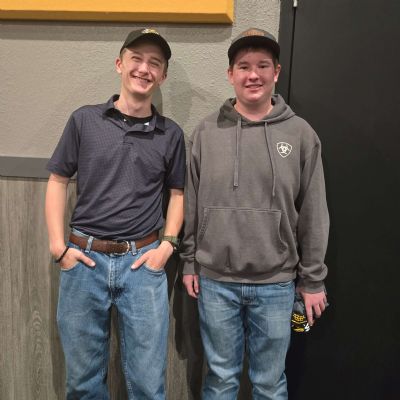Differences Between Tryout and Production Conditions
October 1, 2019Comments
Along with many other parameters, a stamper specifies maximum die weight, shut height and specific quick-die-change provisions to ensure that the tool fits within the press-line infrastructure. But even this communication may not result in quality parts as the product moves from build to production.
A good practice is to conduct a dimensional-layout study during pre-production runs prior to tool buyoff at the construction site, and use a statistically significant number of randomly selected sample parts to validate that the product meets print specifications and tolerances. Ensure that the tool-construction source produces these parts while the process runs in a continuous mode for a minimum specified time or rate, perhaps 30 strokes/min. for at least 10 min. Do not accept data on a part produced from a single stroke.
Despite diligence on the part of a stamper during tool development and buyoff, numerous factors as described below can influence success when producing parts at production rates.
Material: Temperature Effects
Depending on the sheet metal and forming system, the 10-min. run-at rate performed during buyoff may not be long enough to display the effects of heat buildup. Higher-strength sheet metal grades tend to become noticeably hotter with increasing contact over critical radii. Lubricant additives designed to improve metal flow may not be active at these elevated temperatures, thus worsening the problem. Differences in local metal flow change the strain distribution, leading to increased springback. Direct contact with the die surface may result in scoring as well as permanent tool deformation, as the hardness of some advanced high-strength steels approaches that of tooling.
Material: Simulation
Perform forming simulations using realistic inputs covering the full range of properties that you might receive based on the specific sheet metal grade ordered. Ensure appropriate distribution of binder and ram tonnage at the four press corners during simulation, tryout and production, and avoid overloading at any one corner of the press. Evaluate the impact of allowable thickness tolerance on clearances and forming. Software allows for simulation of the manufacturing process as well, providing the ability to check for interference at production speeds.
Process: Blank Edge
If a developed blank is needed for a part running with line dies, the blank die may be the last to be completed. Laser cut blanks, often used when blanking-die construction is not complete, allows for adjusting the blank contour between runs to accommodate lessons learned in tooling tryout. But blank-edge quality differs between sheared and laser-cut edges. Cut consistency also differs, with sheared edges affected by knife clearance, alignment and sharpness. Be aware of methods used to create the blanks in tryout and production, and the associated characteristics of the blank edges.









 Podcast
Podcast